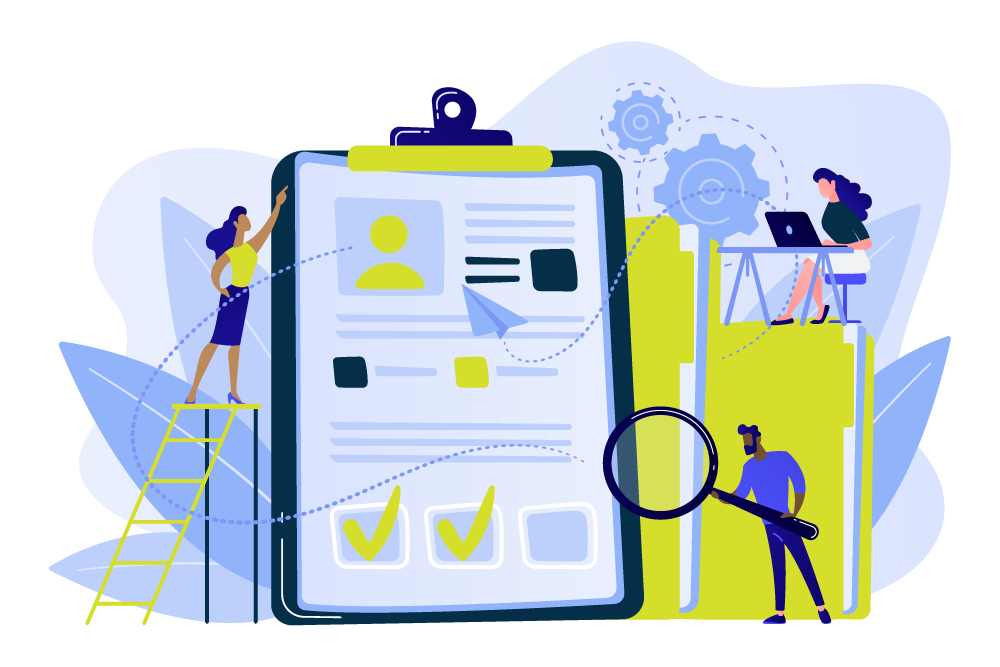Enterprise Asset Management (EAM)
Effective data processes contribute to organisational growth. Eliminate repetitive work and paper processes by automating data exchange between your applications. Free your time to innovate and focus on your business goals.
Select your system to learn more.

Brightly
Learn more →
SAP
Learn more →
Cartegraph
Learn more →
Cityworks
Learn more →
IBM Maximo
Learn more →

Infor
Learn more →
Lucity
Learn more →
Oracle Utilities
Learn more →
How to integrate your systems
The biggest misconception among organizations who purchase new software is the assumption that your new software application is plug-and-play with other systems. You may be unaware of potential problems you will encounter once the new system is implemented.
Just like building a bridge, application integration requires communication, coordination, and effort (work) between organizations to design the data mappings, incorporate business rules, and decode jargon to enable a system-to-system interface.
Application Integration
One of the questions that is most commonly asked by our customers and partners is, “How do we connect [System A] with [System B]?"
Regardless of which applications you are using, application integration is the automation of manual processes that pass data between applications, departments, and organizations. The challenging part of this process is defining the human interactions with the information that is exchanged.
— Michael Partridge, Partner, Deloitte Digital“The combination of Spatial DNA’s expertise in GIS and enterprise integration adds tremendous value to the solutions Deloitte is able to offer our customers. We trust them to bring valuable knowledge, sensitivity to end-user needs, and integration skills to the table and they deliver, every time.”






